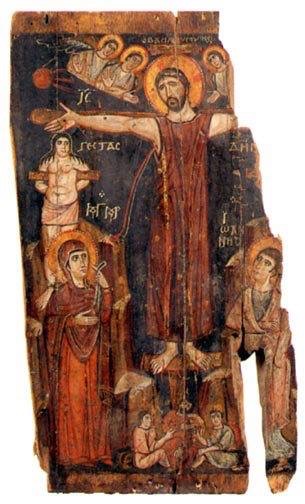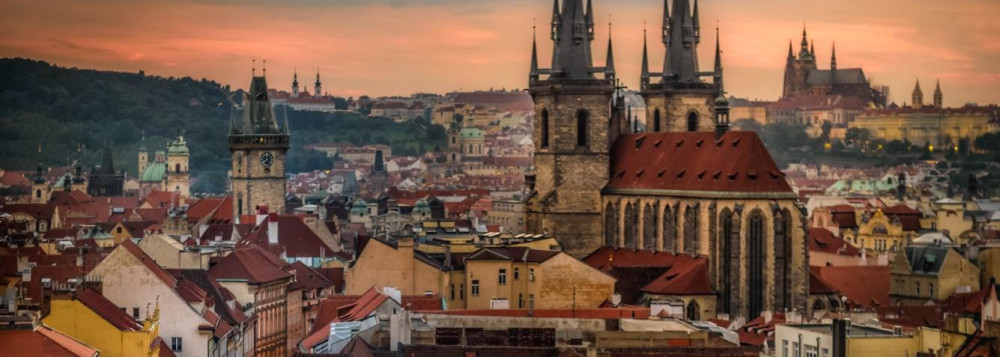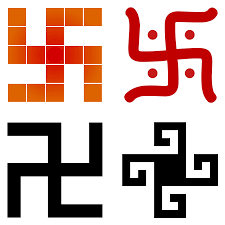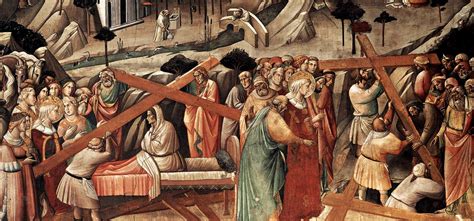
Today, hell cries out groaning: “I should not have accepted the Man born of Mary. He came and destroyed my power. He has shattered the gates of brass. As God, He raised the dead that I had held captive.” Glory to thy Cross and Resurrection, O Lord.
Today, hell cries out groaning: “My dominion has been shattered. I received a dead man as one of the dead, but against Him I could not prevail. From eternity I had ruled the dead, but behold, He raises all. Because of Him do I perish.” Glory to thy Cross and Resurrection, O Lord.
In these hymns from Holy Saturday, we hear Hell cry out in agony as Christ enters and destroys it from the inside out. Truth exposes the Liar. Light shines in the Darkness. Life confronts Death. The gates of Hell are torn down and the chains broken. Only those who want to remain in Hell are still there.
Christ fought Death and the Devil, the Liar, on their own turf. In the ancient world and the figurative language of the Bible, three places belonged to the Death and the demons: deep water, the desert, and the air. Christ went down into the deep water at His baptism and then went out into the desert for forty days. In both places he confronted the enemies of God. But how did He fight them in the air?
Early Christians thought Christ had to die on the Cross because crucifixion was the only way to die in the air. Raised on the Cross, Christ was able to fight the powers of Darkness in their own territory and thus enter Hell. St. Athanasius of Alexandria wrote: “… if the Lord, by His death, broke apart the wall of partition divinding people (Ephesians 2:14) and called all the nations to Him, how could that happen except on the Cross? For it is only on the cross that a man dies with his hands spread out. Whence it was fitting for the Lord to spread out His hands, that with the one He might draw the ancient people, and with the other those from the Gentiles, and unite both in Himself. Furthermore, if the devil, the enemy of our race, having fallen from heaven, wanders about in the air (Ephesians 2:2) … well, by what other kind of death could this have come to pass, than by one which took place in the air, I mean the cross? Being lifted up on the Cross, He cleared the air of the malignity both of the devil and of demons of all kinds, as He says: I beheld Satan as lightning fall from heaven; and made a new opening of the way up into heaven as He says once more….”
Having slain Christ on the Cross, Death and Hell thought they had won their battle. But once Christ had entered Hell, they discovered their mistake and realized that what they had thought was their ultimate victory was instead their ultimate defeat.
Want to read more about this? Read The Victory of the Cross by James R. Payton, Jr. or On the Incarnation by St. Athanasius of Alexandria.


